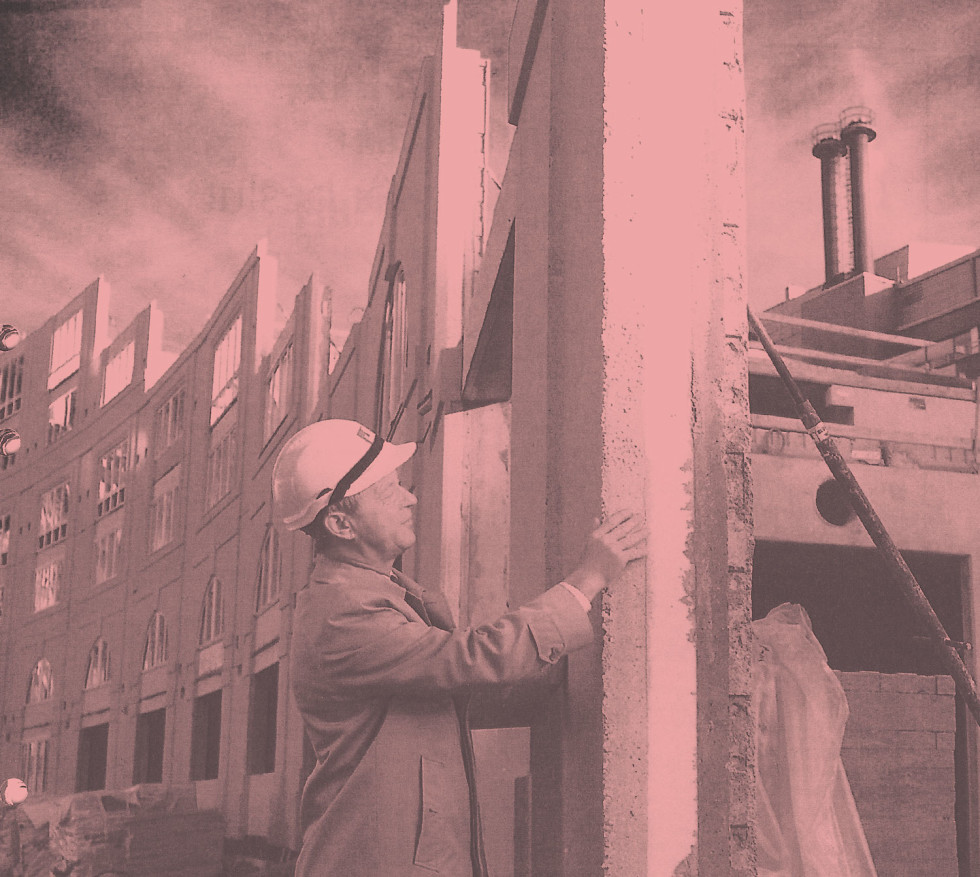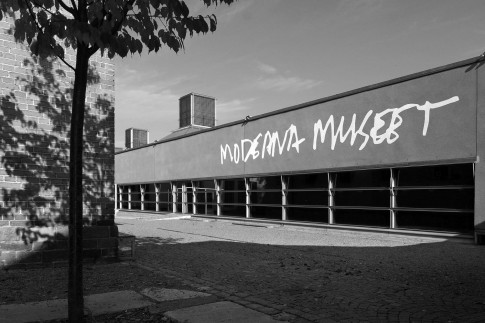
Bofills Båge during construction, 1990. Photo: Kjell-Arne Larsson (image cropped).
The Architecture of Deregulations
International Conference
11.3 2016
Stockholm
Friday 11 March 2016 at 10 to 17.30 pm
The Cinema, floor 2
Free entrance
Limited seating. No pre-booking.
In English
Among the speakers are Penelope Dean, Associate Professor at School of Architecture, University of Illinois at Chicago, Timothy Hyde, Clarence H. Blackall Associate Professor in Architectural History at the Massachusetts Institute of Technology, Ann Kockelhorn, Architectural historian and urban researcher at the Department of Architecture at ETH Zurich, Léa-Catherine Szacka, Associate Professor at the Oslo School of Architecture and Design, Jeremy Till, Architect, educator, writer and Head of Central Saint Martins.
Moderator: Sven-Olov Wallenstein, Professor, Södertörn University.
If modernism in European architecture is associated with a socialist agenda and the implementation of the welfare state, shaped by architects in close proximity to politicians, the role and identity of postmodernism as a socio-political phenomenon appears far more uncertain. How does the heterogeneous flux of critiques and affirmations known as postmodernism in architecture relate to a broader political sphere and to new social ideals that emerge after the post-war years? How does architecture respond to the extensive transformations in politics and economics that many European countries undergo in the latter half of the 20th century, marked by the gradual dismantling of the welfare state and the subsequent ‘triumph’ of liberalism and global capitalism?
By adopting ‘deregulations’ as a banner heading for these multi-scalar, geographically varied, yet interconnected processes – spanning from public management, jurisdiction to market conditions – the matter of architecture’s role vis-à-vis incremental social change rises to the fore, again. Does architecture merely respond to or materialise changing conditions in matters like jurisdiction, industry, public management, planning procedures or housing politics, or does it also somehow contribute to, transmit and provoke the production of sensibilities that make these transformations possible?
The hypothesis underpinning this conference is that postmodern architecture – much like functionalism/modernism that went before – holds a reciprocal relationship to society; that it, precisely as ‘style’, has the capacity to enforce, generate and perhaps even forebode that change of sensibilities known as an ideological shift.
With support from Vetenskapsrådet.
Modena Museet in collaboration with Catharina Gabrielsson and Helena Mattsson, KTH School of Architecture, Stockholm.
Contact: Karin Malmquist, Moderna Museet

